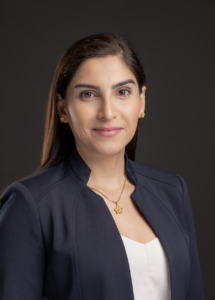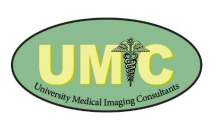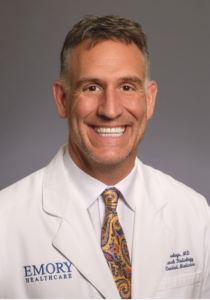Access Menu
Annual General Meeting Notice 2025
Interventional Radiologist | Niagara Health
CAIR WIR Spotlight - Dr. Ethel Rivas Zuleta
CAIR WIR Spotlight - Dr. Rebecca Spouge
CAIR WIR Spotlight - Dr. Elizabeth Dave
CAIR WIR Spotlight - Dr. Aida Ahrari
CAIR WIR Spotlight - Dr. Fiona Anyumba
CAIR WIR Spotlight - Dr. Alda Tam
Call for CAIR Award 2024 Nominations
Combined Interventional/Body Radiologist – Hamilton General Site, ON
 |
 |
The Department of Medical Imaging, Division of Diagnostic Radiology, Schulich School of Medicine & Dentistry, at Western University, London Health Sciences Centre and St. Joseph’s Health Care is seeking a Vascular and Interventional Radiologist for a full-time clinical academic appointment to Western University. Rank (Assistant, Associate or Full Professor) and appointment status (limited term or continuing) will be determined by experience and qualifications at the time of appointment.
The Department of Medical Imaging at Western University is in transition to an integrated city-wide sub-specialty practice across the three Hospital sites; University Hospital (UH) and Victoria Hospital (VH), collectively known as the London Health Sciences Centre (LHSC), and St. Joseph’s Health Care London (St.Joseph’s). As the only Academic Health Sciences Centre in the second largest Local Health Integration Network in Ontario, the Department provides multiple regional services to a population of >2M.
There are opportunities for an enthusiastic radiologist to contribute to the building of an integrated and collegial multi- disciplinary Academic Medical Imaging Department in the Interventional Radiology Division.
Full posting available here.
The Department of Medical Imaging, Division of Diagnostic Radiology, Schulich School of Medicine & Dentistry, at Western University, London Health Sciences Centre and St. Joseph’s Health Care is seeking a Vascular and Interventional Radiologist for a full-time clinical academic appointment to Western University. Rank (Assistant, Associate or Full Professor) and appointment status (limited term or continuing) will be determined by experience and qualifications at the time of appointment.
Excellent opportunity for an Interventional Radiologist seeking a broad-scope practice to join our collaborative and growing team at Royal Inland Hospital.
Are you a medical student, resident, or fellow and thinking of submitting a case for the RFS Virtual Angio club but are unsure where to start?
Dr. Aida Ahrari is a second-year radiology resident at the University of Toronto. She completed her undergraduate degree at the University of Ottawa, and MD-MSc at the University of Toronto. In her role as a member of the CAIR-RFS committee, Aida is involved in organizing a variety of educational opportunities for trainees interested in the field of interventional radiology.
CAIR Express - your Canadian Interventional Radiology newsletter at your fingertips. Feel free to pass it along to others in your network, and most importantly, enjoy the content that is developed with you in mind.
We would like to congratulate Dr. Sean Kennedy for being recognized by CVIR for his outstanding service to the journal for the most reviews carried out in 2021.
The purpose of the CAIR Award is to recognize those who have made significant contributions and provided extraordinary service to the Canadian Interventional Radiology Association and/or the discipline of Interventional Radiology.
The Canadian Association for Interventional Radiology (CAIR) is currently seeking interested individuals to serve on the Board of Directors for a two-year term commencing in June 2023.
UMIC has undergone significant recent expansion of services combined with some pending radiologist retirements. As such, we are recruiting with Interventional Radiology as an area of special need.
Image-guided pain management is kind of the elephant in the room with many VIRs in Canada - we don’t do a lot of this, as they are typically performed by anesthesiologists, surgeons in subspecialties, or MSK-imaging trained diagnostic radiologists.






